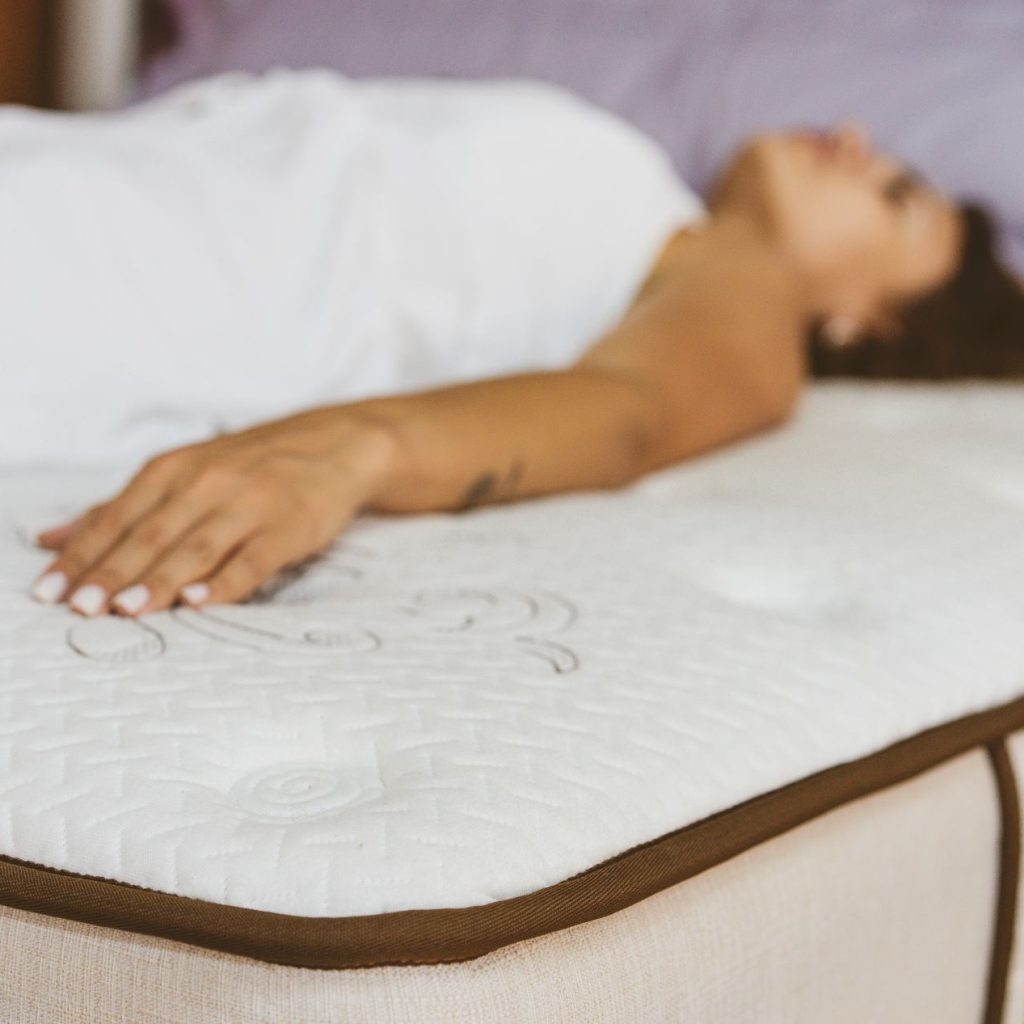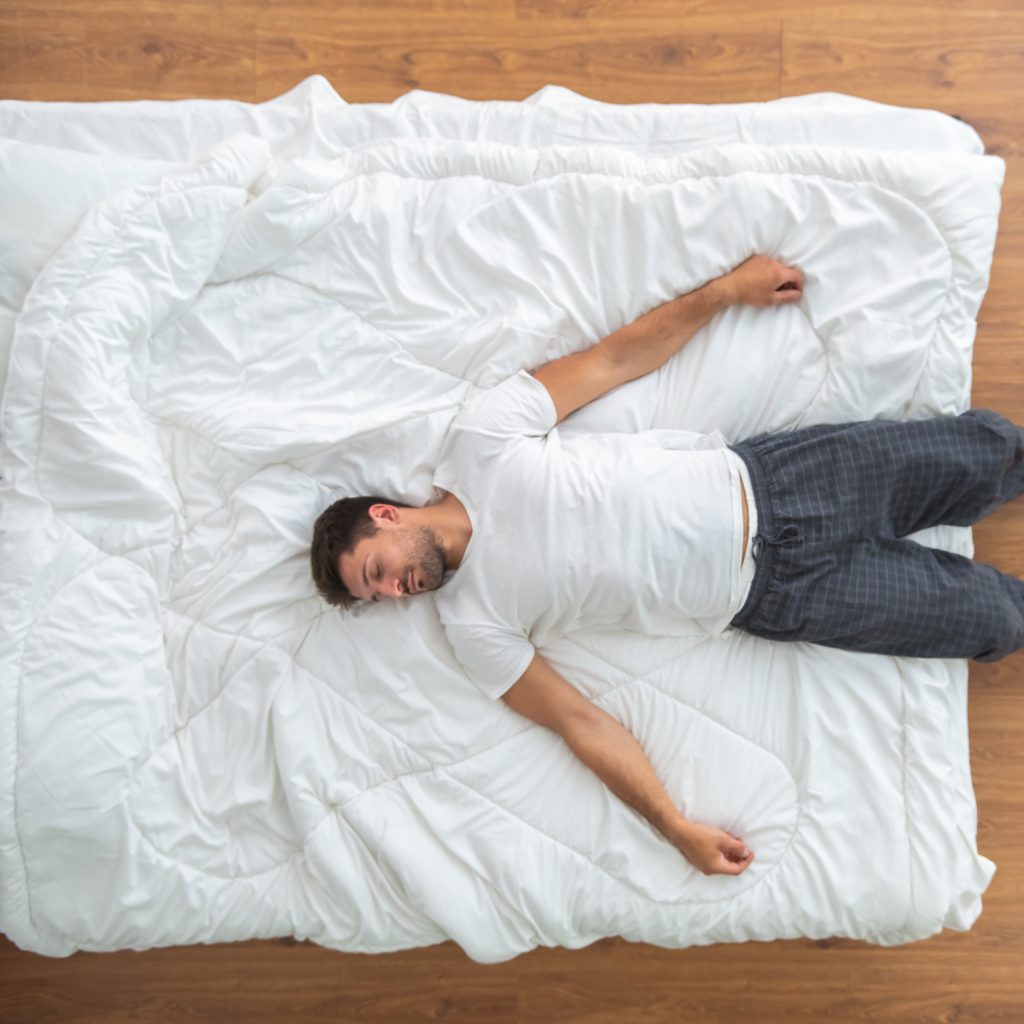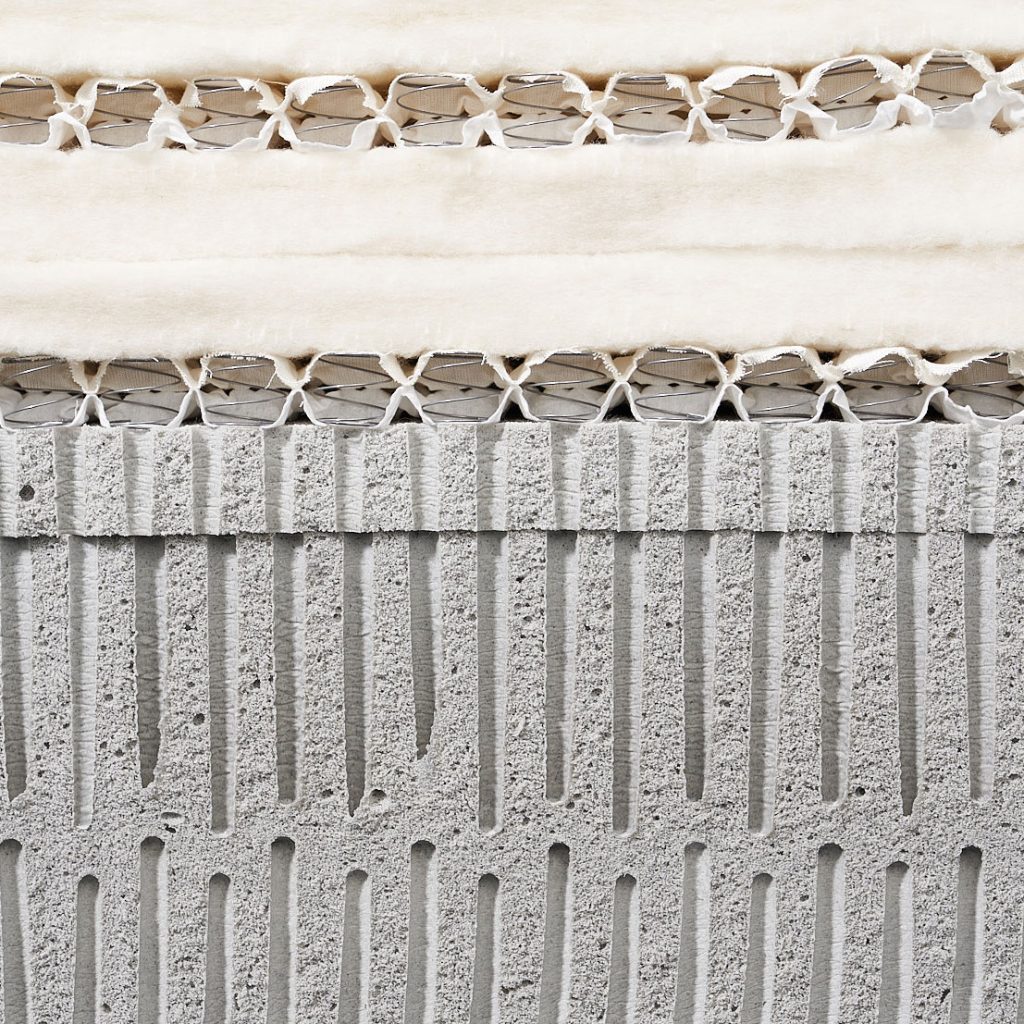What is an orthopedic bed?
Many mattress manufacturers include what they refer to as “orthopedic” beds in their product range, stating that these beds are created specifically for good spinal alignment. But the truth is that there really is no such thing.
What are often referred to as orthopedic beds are simply firmer mattresses that can be beneficial for people who, perhaps, have had an operation and require a specific level of support.
What are the benefits?
The claim is that the benefits of an orthopedic bed include better support, higher quality materials, pain and pressure relief, and temperature regulation. But, generally, orthopedic is just a description given to firmer mattresses within a manufacturer’s existing product range.
The good news is that every Dreamwool mattress offers all of these benefits and more. With each Dreamwool bed handmade to order and filled with only the finest natural materials, we are able to outperform so-called orthopedic mattresses with every bed we produce, and we can tailor each one to our customers’ unique needs and preferences.
What is the difference between a regular bed and an orthopedic bed?
The bottom line is that there isn’t one (or, at least, there shouldn’t be). When bed manufacturers are talking about orthopedic beds, typically what they mean is a firmer mattress with extra support and less comfort layers.
With Dreamwool beds, any mattress selection you make will offer the support, premium natural materials, customised firmness, sleep health benefits, temperature neutrality, spinal alignment, and pain relief promised by orthopedic bed manufacturers.
What are the disadvantages of an orthopedic mattress?
It’s important to use care when buying a mattress labelled as orthopedic, as these tend to be too firm for most people who think they need one. You don’t need a high level of firmness to achieve suitable stability; indeed, a mattress that is too firm can actually increase tossing and turning through the night and reduce your overall quality of sleep.
Who should use an orthopedic mattress?
An orthopedic mattress is only really necessary for someone who has been explicitly prescribed one by an orthopedic surgeon. Even then, it’s important to determine exactly what they mean by the term so you can use their tailored advice to choose a mattress that suits your individual, post-surgery needs.
Can a normal person use an orthopedic mattress?
Yes, anyone can use an orthopedic mattress, as this is simply just a firm mattress. The more important question is whether or not a firm mattress will meet your needs. It’s best to test a few mattresses in person to determine the right support and conformity for your body shape and sleep preferences.
What is the best sleeping position on an orthopedic mattress?
For most people with back or joint pain, sleeping on their back is the best position to maintain spinal alignment. If you prefer to sleep on your side, use a pillow between your knees to keep them separated and cushion sensitive joints.
Choosing the Right Mattress for Your Spine and Joints
Don’t get distracted by clever marketing – the truth is that orthopedic mattresses are typically a firmer mattress from within a manufacturer’s existing range. If you do have genuine orthopedic concerns, it’s best to discuss these with your doctor and get specific recommendations for a mattress that will meet your joint and spinal health needs.
If you’re unsure, the expert team at Dreamwool can talk to you about your orthopedic needs and make recommendations around the right materials and firmness to support you.
Book a consultation today to learn more.




